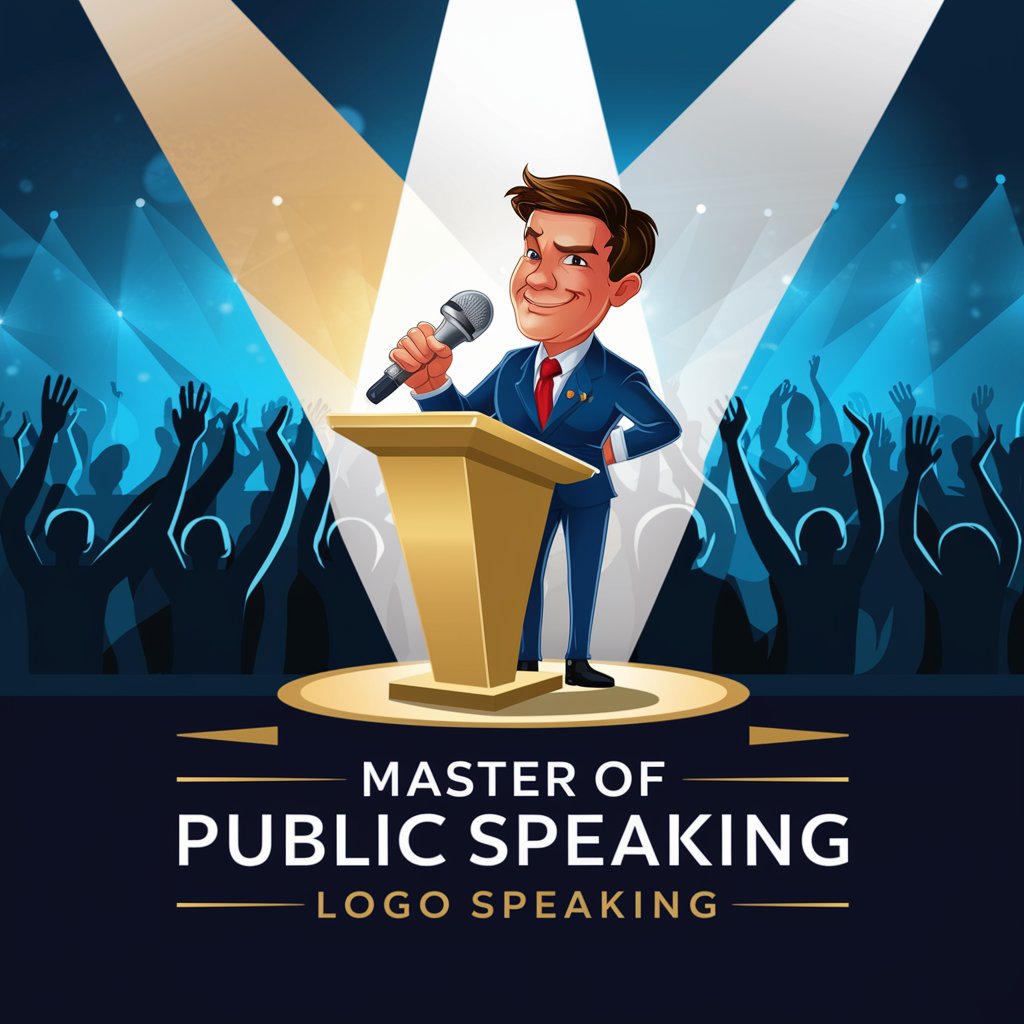Translating German to English to Chinese - German-English-Chinese Translation

Hello! Ready to translate between German, English, and Chinese.
AI-powered, sequential language translation
Translate this from German:
How do you say this in Chinese?
English to Chinese translation:
What's the German for:
Get Embed Code
Overview of Translating German to English to Chinese
Translating German to English to Chinese is a specialized translation process designed to bridge linguistic and cultural gaps between these three languages. Its primary function is to first translate text from German to English, and then from English to Chinese, adhering strictly to this sequence to maximize accuracy and coherence in translation. This approach ensures that nuances and idiomatic expressions in German can be more effectively captured in Chinese after being interpreted through an intermediary, widely understood language like English. For example, a German phrase 'Das ist nicht mein Bier,' literally translating to 'That's not my beer' in English, conveys disinterest or non-involvement in a situation, which can then be accurately translated into an equivalent Chinese expression that captures the same sentiment. Powered by ChatGPT-4o。

Core Functions and Applications
Sequential Translation
Example
Translating a German technical manual into Chinese for a machinery company.
Scenario
A German engineering firm needs their product manuals translated for a Chinese-speaking audience. The process involves translating the original German text to English to ensure technical accuracy and then translating that English version into Chinese, making the content accessible to Chinese engineers and technicians.
Cultural and Idiomatic Adaptation
Example
Adapting a German marketing campaign for the Chinese market.
Scenario
A German brand looking to enter the Chinese market with its advertising campaign. The translation process not only converts the language but also adapts cultural references and idioms from German to English and then to culturally relevant Chinese expressions, ensuring the message resonates with the target audience.
Educational Resource Translation
Example
Translating German academic papers into Chinese for educational institutions.
Scenario
German scholars' research needs to be accessible to Chinese academics and students. By translating these works first into English and then into Chinese, the content becomes available to a broader audience, facilitating international academic collaboration and knowledge sharing.
Target User Groups
Business Professionals
Companies engaged in trade or collaborative projects between German-speaking and Chinese-speaking regions. These users benefit from accurate translations of contracts, emails, product information, and marketing materials, enhancing communication and understanding across cultures.
Academics and Researchers
Scholars and institutions requiring access to specialized literature or seeking to share their work across language barriers. This service facilitates the dissemination of research findings and academic discourse between the German and Chinese academic communities.
Educators and Students
Language learners and educators looking for resources in their study or teaching of German or Chinese. This translation service aids in understanding complex texts, providing examples in multiple languages, and supporting the educational process with accurate, culturally adapted material.

How to Use Translating German to English to Chinese
Start with a Free Trial
Visit yeschat.ai to access the translating tool for a seamless experience without the need for signing up or subscribing to ChatGPT Plus.
Prepare Your Text
Ensure your text is in German. This service is optimized for translating German text first to English, and then to Chinese, maintaining accuracy and cultural relevance.
Input Your Text
Enter or paste your German text into the designated input field. The interface is designed for ease of use, allowing for straightforward text entry.
Choose Translation
Select the two-step translation process: German to English, followed by English to Chinese. This ensures the translation maintains the intended meaning as closely as possible.
Receive and Use Your Translation
Review your translated text in Chinese. Utilize it for your intended purpose, whether for personal, educational, or professional use. For best results, familiarize yourself with cultural nuances in translations.
Try other advanced and practical GPTs
Flirtation for Tinder, Hinge & Bumble
Revolutionizing Your Dating Profile with AI

GovDoc Assistant
AI-powered government documentation made easy

BizCoach Manager
Empowering your business journey with AI-driven insights.

Global Stock Analyst GPT
Empowering Financial Decisions with AI

Master of Public Speaking
Elevate Your Oratory Skills with AI

Property Management
Elevate Your Property Management with AI

OSRSChat
Your AI-powered OSRS Companion

Pokédex GPT
Explore Pokémon with AI-powered insights.

Convert headlines to videos
Transforming Headlines into Engaging Stories

E-ComSEO Copywriting
Elevate Your E-Commerce with AI-Powered Copywriting

SimpleCoder
AI-powered software development and strategy advisor

Digital Nomad Travel Assistant
Empowering Your Nomadic Journey with AI

Frequently Asked Questions about Translating German to English to Chinese
What makes this translation tool unique?
This tool specializes in a sequential translation process from German to English and then to Chinese, ensuring higher accuracy and contextual relevance compared to direct German-to-Chinese translations.
Can I use this tool for academic purposes?
Absolutely. The tool is ideal for translating academic papers, research, and other educational materials, ensuring that nuanced concepts are accurately conveyed across languages.
Is there a limit to the text length for translation?
While there's no strict limit, longer texts may require more processing time. It's recommended to segment lengthy documents for optimal performance and accuracy.
How does the tool handle idiomatic expressions?
The tool employs AI to understand and translate idiomatic expressions, ensuring they are translated to convey the same meaning in English and then accurately rendered in Chinese.
Is the translation tool suitable for professional business use?
Yes, it's designed to meet the needs of professionals requiring accurate translations for business documents, communications, and negotiations across these three languages.
